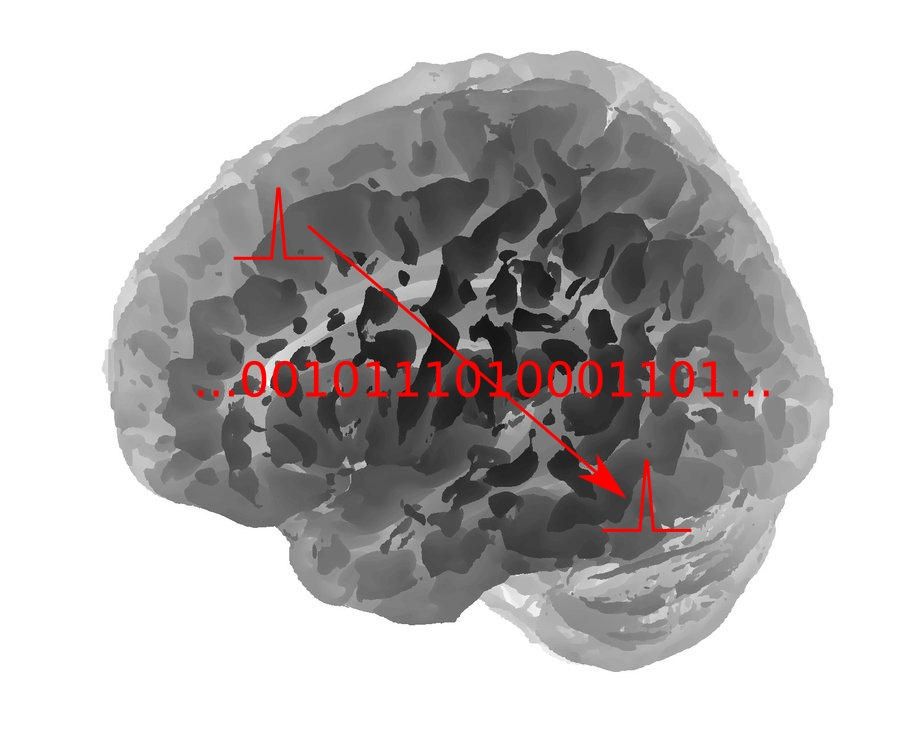
doi.org/10.1088/2632...
Here’s a quick thread, which boils down to… timescale really matters when you’re talking about synergy and redundancy in the brain!
Workshop on Methods of Information Theory in Computational Neuroscience (Room 203)
🔥Tuesday 8th ( ⏰️ 9:00 - 12:30) & Wednesday 9th (⏰️ 9:00 - 17:30)
OC: @jlizier.bsky.social
Pedro Mediano and Abdullah Makkeh
👇
kgatica.github.io/CNS2025-Info...





www.eventbrite.com/e/stand-up-f...

www.eventbrite.com/e/stand-up-f...
We’ve finalized the acceptance decisions for the submissions received before the priority deadline. Make sure to check your inbox!
✨ We’re still accepting submissions on a rolling basis! Submit your abstract here: tinyurl.com/winsNetSci25
We’ve finalized the acceptance decisions for the submissions received before the priority deadline. Make sure to check your inbox!
✨ We’re still accepting submissions on a rolling basis! Submit your abstract here: tinyurl.com/winsNetSci25
doi.org/10.1088/2632...
Here’s a quick thread, which boils down to… timescale really matters when you’re talking about synergy and redundancy in the brain!
doi.org/10.1088/2632...
Here’s a quick thread, which boils down to… timescale really matters when you’re talking about synergy and redundancy in the brain!
#NetworkScience #WiNS
#NetworkScience #WiNS
Come pitch your project to a multidisciplinary audience!
Website: sites.google.com/view/womenin...

Come pitch your project to a multidisciplinary audience!
Website: sites.google.com/view/womenin...
Absolute must-attend if you're at OHBM 2025, with talks from: @popeme.bsky.social, @andreasantoro.bsky.social, and @novelli-leo.bsky.social!
@ohbmofficial.bsky.social
Absolute must-attend if you're at OHBM 2025, with talks from: @popeme.bsky.social, @andreasantoro.bsky.social, and @novelli-leo.bsky.social!
@ohbmofficial.bsky.social

